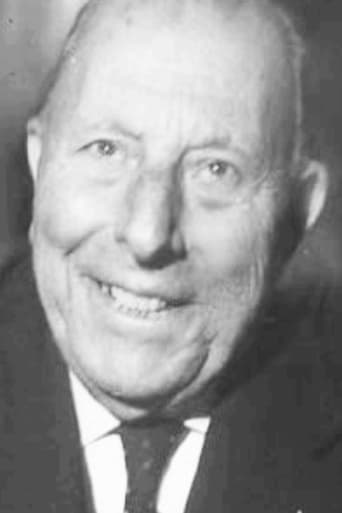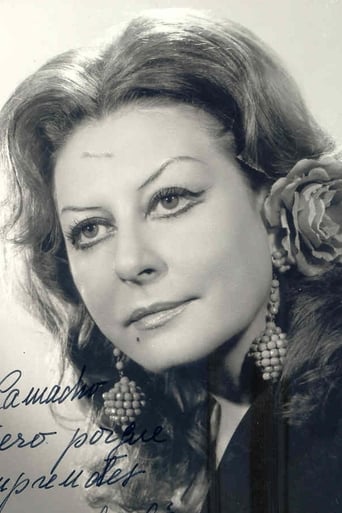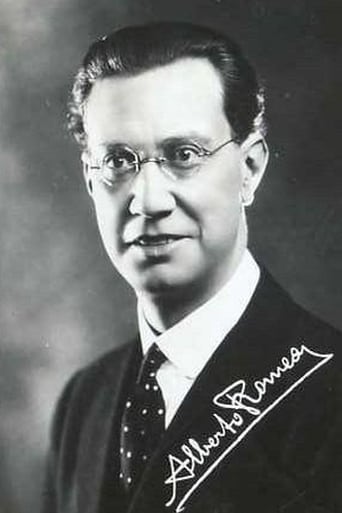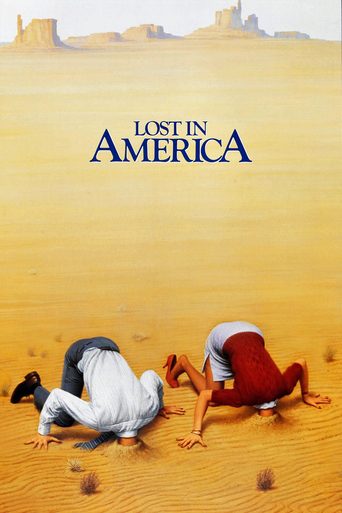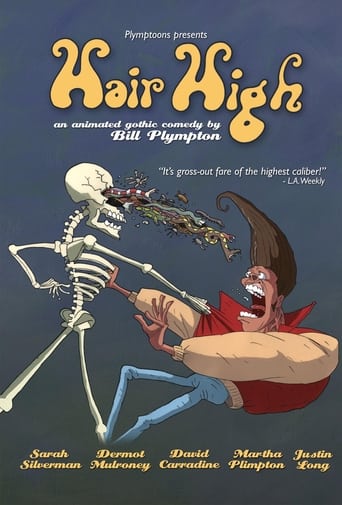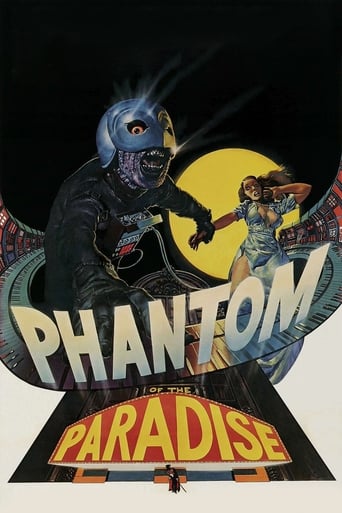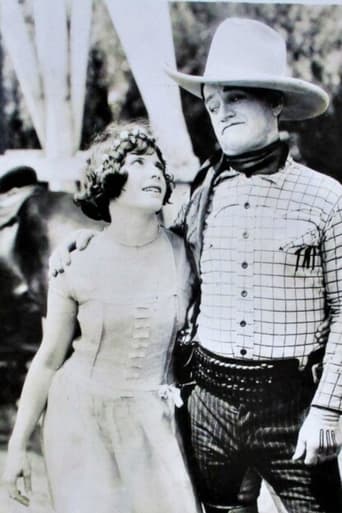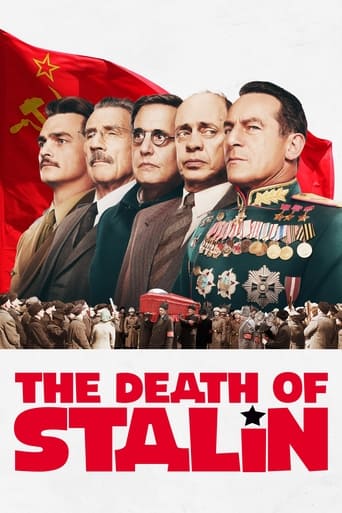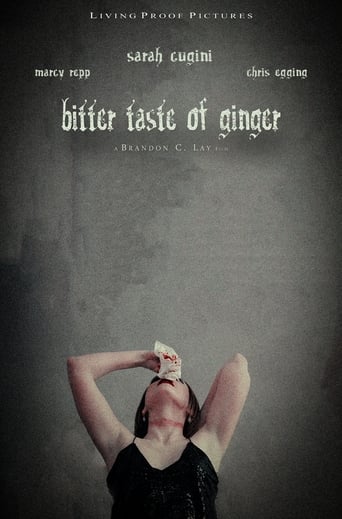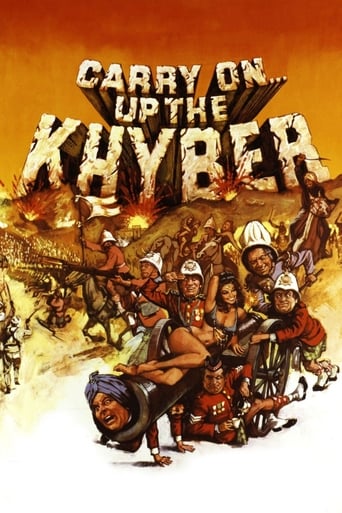
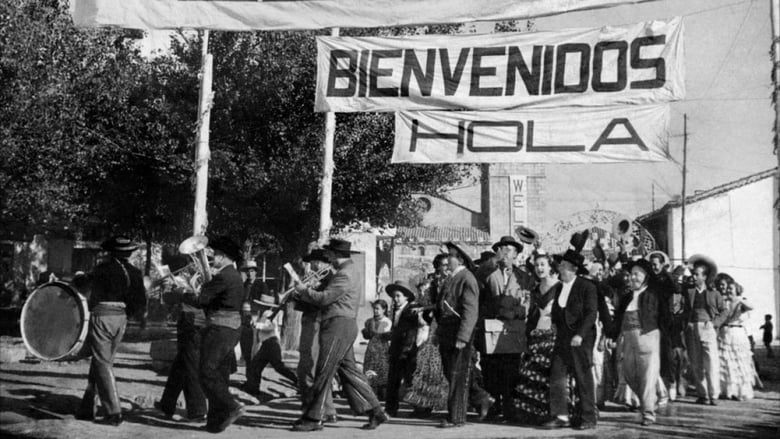
Welcome Mr. Marshall! (1953)
A small Spanish town, Villar del Río, is alerted to the upcoming visit of American diplomats and its ruling townsmen begin preparations to impress the American visitors, in the hopes of benefiting under the Marshall Plan. Hoping to demonstrate the side of Spanish culture with which the visiting foreign officials would be more familiarized, the Castilian citizens don unfamiliar Andalusian costumes, hire a renowned flamenco performer, and re-decorate their town in Andalusian style, meantime waiting for their uncertain arrival.
Watch Trailer
Cast


Similar titles
Reviews
Too many fans seem to be blown away
Tied for the best movie I have ever seen
An old-fashioned movie made with new-fashioned finesse.
This movie tries so hard to be funny, yet it falls flat every time. Just another example of recycled ideas repackaged with women in an attempt to appeal to a certain audience.
Bienvenido Mr Marshall is the most modern thing in the whole of Spanish cinema, because it was modern even before anyone knew what modernity was cinema wise, at least not in Spain, less so in England or I'd say even France... This was done in 1952, released next year! If Billy Wilder had filmed this, it would have fitted in with the rest of his films, but, bad luck, Berlanga did it first!I didn't give this film 10 stars because of the musical numbers, which I think are a bit too many and long. Although they've got their place in the story and there's a reason why they're there, this film isn't a music film, and I think them excessive.
This movie is well considered all over the world and it is not difficult to see why. It was made in 1952 but it still remains as one of the truly classic movies of Spanish cinema. Of course its cinematographic values are impressive. From the very beginning the techniques used in this film are different from those used in American cinema of the same time, a narrator introduces the small town and the characters to the audience, he seems to know everything about them, he is capable of stop the movement and take out the people of the screen. An audacious resource from one of the main directors in Spanish cinema history, Luis García Berlanga. This beginning is modern for the time and it can be linked to the European cinema of the era.On one hand, we are about to see a description of Spanish traditions and characters depicted with lots of humor and irony. On the other hand, we see a critic of some of these statements and mentalities of Spanish people and institutions. This critics is plenty of melancholy in some cases and plenty of humor in other cases. Just about the end of the film, there are several dream scenes that satirizes some of the American cinema of the era and some American traditions and characters (as those of the Western movies).The script is superb, the actors are very well chosen for their roles, the cinematography is excellent and so is the photography, direction is extraordinary taking into account that this is one of the first movies by Berlanga.Finally, I have to say that this is a Spanish classic movie and one of my must sees.
This film is an excellent and witty portrayal of Franco's post-war Spain. There are many hidden agendas and underlying stereotypes of both the American and Spanish people. The more you watch the movie, the more one-liners you catch. The order in which the camera bounces from person to person always has a meaning. This style of exposition is unique and refreshing. The dream sequence contains many of the stereotypes held by the Spanish towards the American people. The people of the village change their town into what they think the Americans want to see, even though they have the wrong idea about them. The best part is all this content is delivered in a comedic fashion, which lets you enjoy the underlying commentary.
Widely regarded (at least among older generations of Spaniards) as Spain's best ever film, this is first and foremost a comedy of rural manners that still, fifty years on, succeeds in its primary objective of making the audience laugh (show this to any Spanish-speaking audience in the world and you'll get giggles throughout. Beware, though, some of the humour is untranslatable or at least unsubtitleable.) On another level, it's a clever, ironic commentary upon the predicament of fifties Spain, isolated from the rest of the world not only politically but in pretty much every other respect too.The film kicks off with an extended voice-over introduction in which a narrator introduces us to a village and its main characters, playfully exploiting the odd camera trick (freeze-frames, emptying a scene of people) and establishing a tone of gentle, affectionate irony towards the inhabitants. This offscreen narrator returns regularly through the film and the tone of the narration crucially defines how we respond to what we see on screen. The characters include the mayor (a shrewd old man suffering from intermittent deafness), a benign local priest, an "hidalgo" (soi-disant member of the nobility, obsessed with his ancestral heritage), a young, pretty schoolmistress, and a few others; there are also two important visitors, an Andalusian songstress and her jovial, sharp-witted agent.The action of the film consists of the following (spoiler). News reaches the village that "the Americans are coming" in order to implement the Marshall plan, which is interpreted as the handing out of gifts to all the villagers. After a public meeting in which the schoolmistress and the priest between them attempt to define America to the villagers' satisfaction, the mayor teams up with the singer' agent to ensure the village puts on a good show to impress the visiting dignitaries, mainly by dressing itself up as a kind of folksy Andalusian village complete with guitar strummers and false building facades. Villagers queue up to have their individual requests recorded in advance (one item only). Finally, the Americans do arrive, but the visit consists of a cavalcade of fast cars that simply sweep through without stopping. (The last car has the word "Goodbye", in English, prominently displayed.) The villagers realise they have to pay for all the expense incurred in what turns out to have been a wasted show, but are not too unhappy: they take the disappointment stoically as "just one of those things".As already mentioned, what carries the story is a combination of the gentle, affectionate tone of the narration, together with almost unstoppable wry humour, both verbal and visual, and sometimes quite subtle (the narrator asserts that the schoolmistress' arithmetic is beyond reproach: later, we notice some wrong adding up on the blackboard). The acting is first rate, the camera work slick, and all in all, if this isn't still Spain's best film it certainly deserves a place in the top three.


